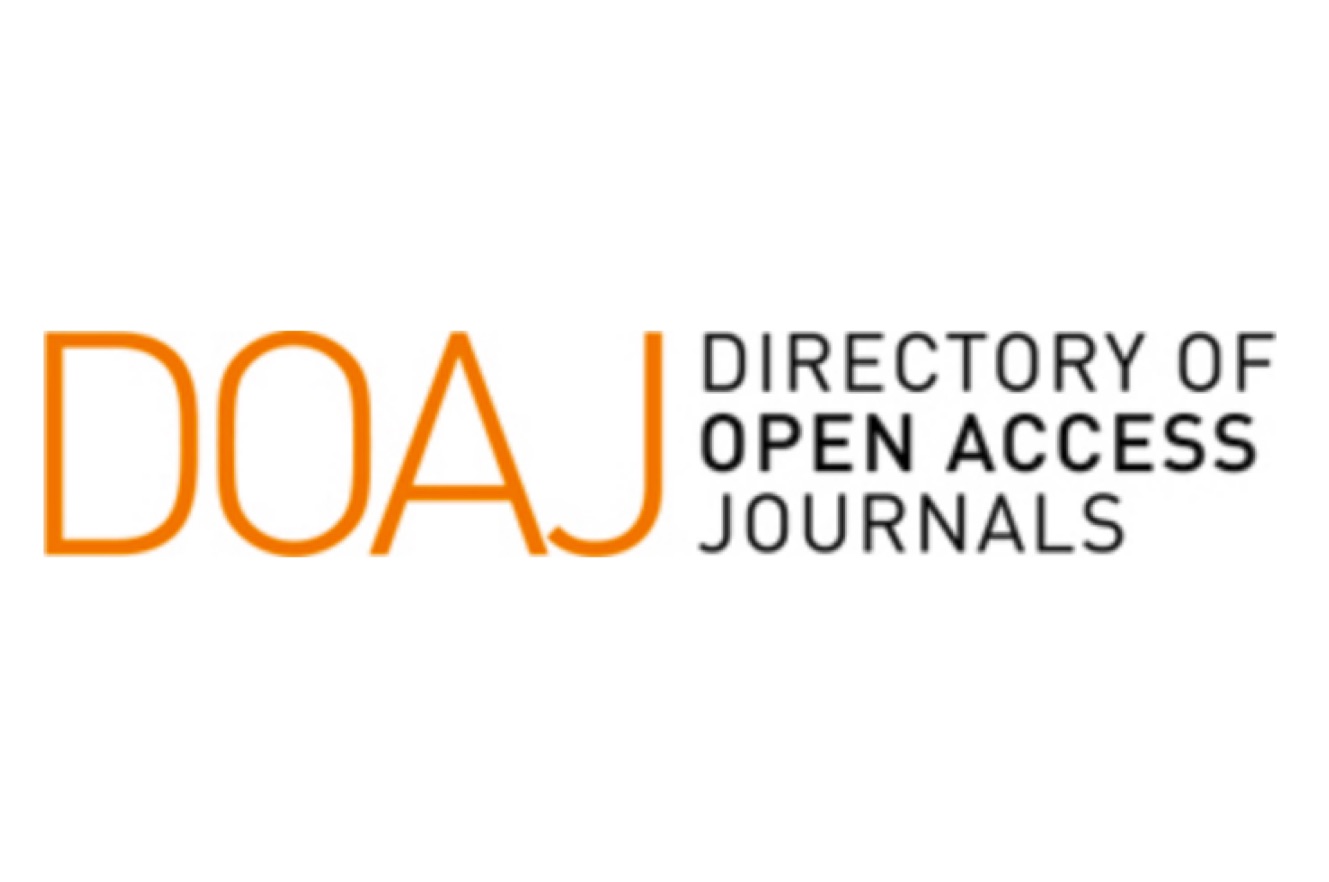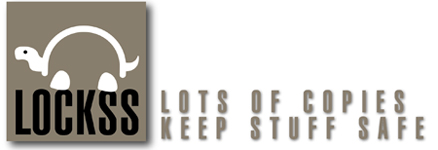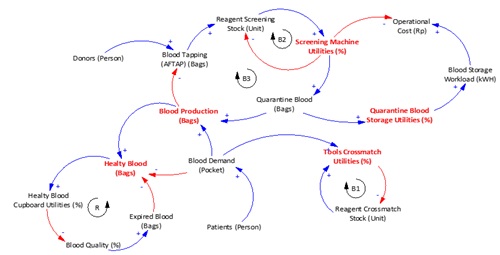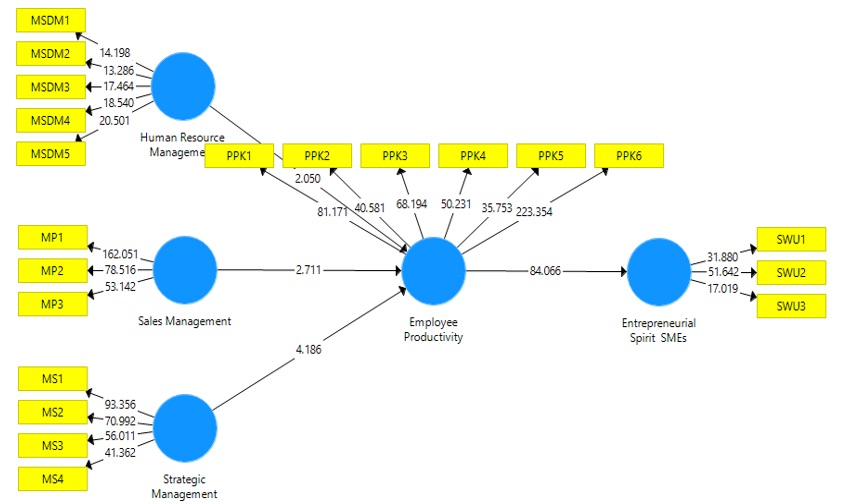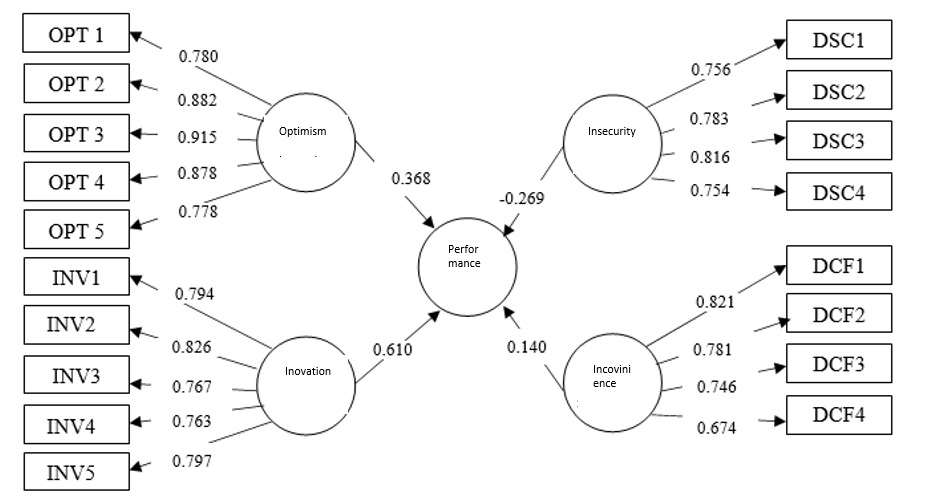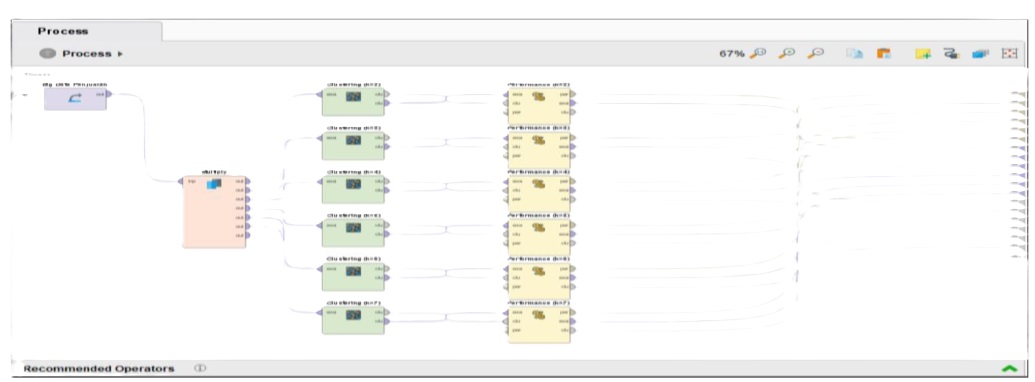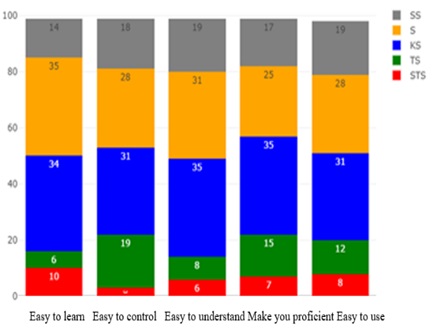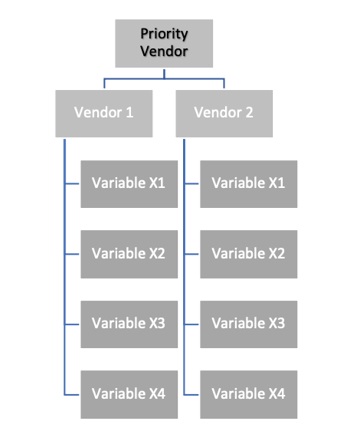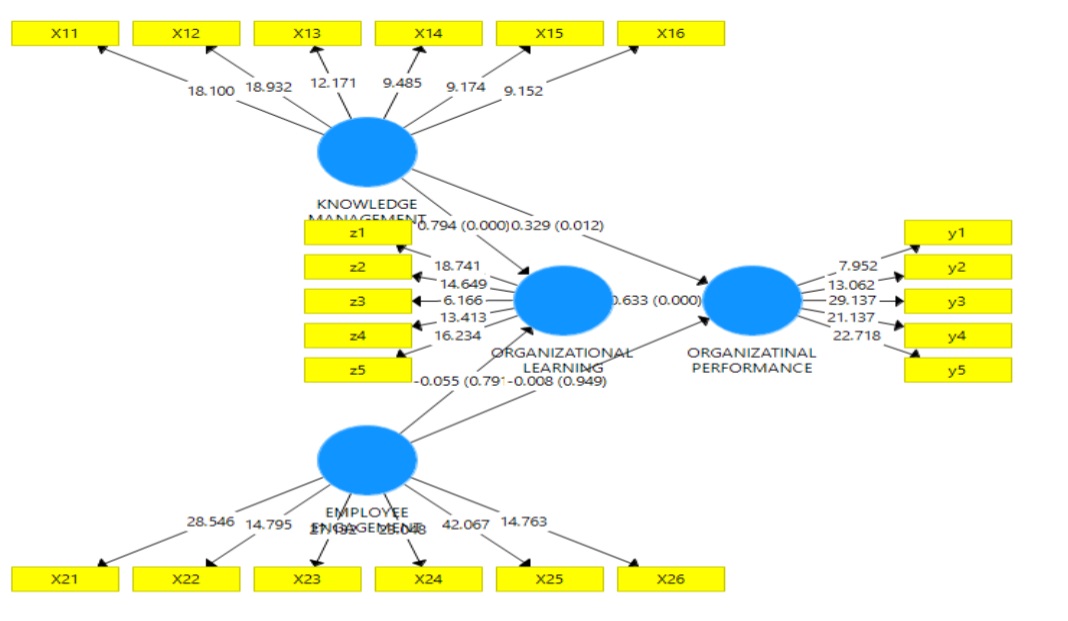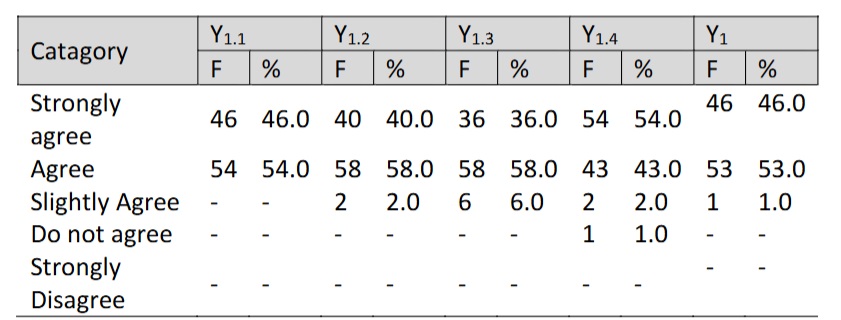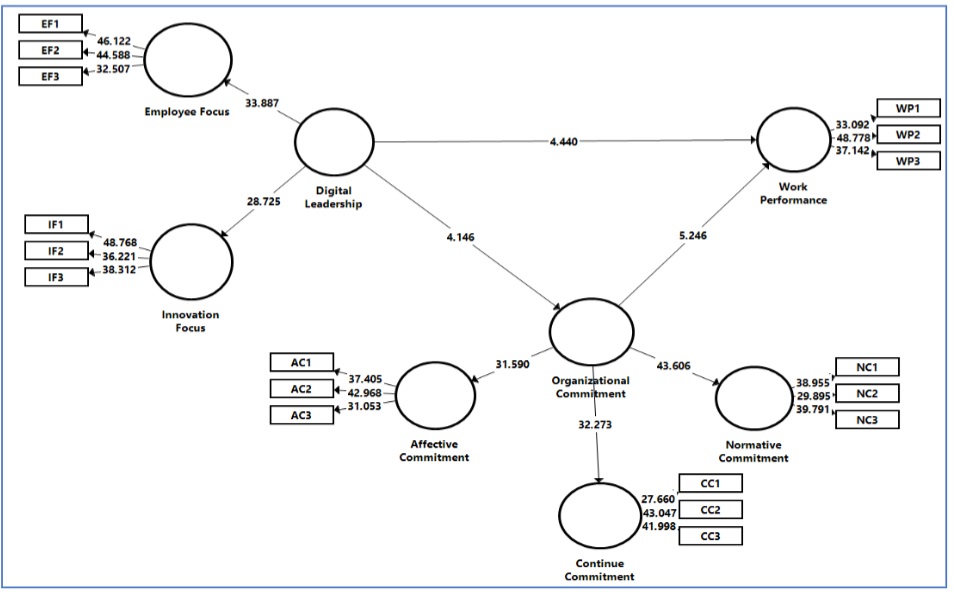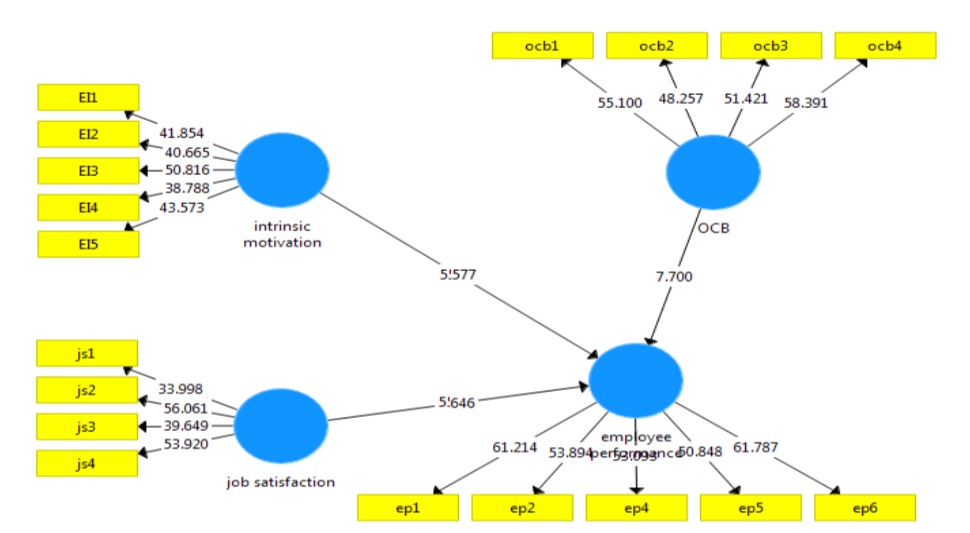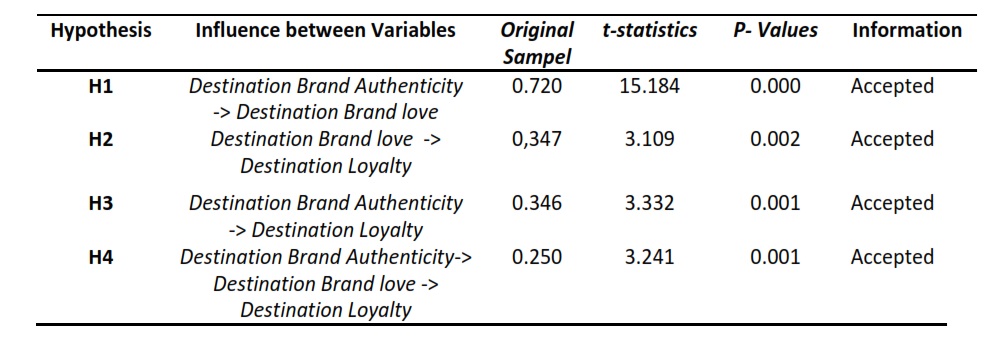OPTIMASI SISTEM ANTRIAN PADA LAYANAN KESEHATAN MASYARAKAT MENGGUNAKAN PENDEKATAN SIMULASI
Downloads
Abstract : The purpose of this study is to optimize service time in a community health center. The average number of patients visiting is 100 to 300 per day. In certain units there is a heavy queue of patients which increases service waiting times, including registration units, inspection units, and pharmaceutical units. The initial observation data on the existing system shows the waiting time for patient services is 2,7 hours. This fact shows that the time of patient service on the existing system needs to be optimized so that the waiting time can be accelerated. This study offers a solution to optimize the service queue system using a simulation approach. The DMAIC (Define, Measure, Analyze, Improve, Control) Six Sigma method is used as a basis for analyzing the waiting time for services from an existing system. The results of the analysis are used in the simulation test to obtain improvement factors using several scenarios. The best simulation results are obtained with the scenario of adding operators in all units. Optimizing the waiting time of patient services using the best scenario simulation approach is shown by the decrease in waiting time of the queue system by 1,05 hours or 38,9% faster than the existing system.
Keywords: System Optimizing; Public Health; Queue; Simulation; DMAIC Six Sigma
Abstrak : Tujuan penelitian ini adalah untuk mengoptimalkan waktu tunggu pelayanan di sebuah pusat kesehatan masyarakat (Puskesmas). Rata-rata jumlah pasien yang berkunjung adalah 100 hingga 300 per hari. Pada beberapa unit tertentu terjadi antrian pasien yang padat sehingga meningkatkan waktu tunggu pelayanan, antara lain unit pendaftaran, unit pemeriksaan, dan unit farmasi. Data pengamatan awal pada sistem yang ada menunjukkan waktu tunggu pelayanan pasien adalah 2,7 jam. Fakta ini menunjukkan bahwa waktu pelayanan pasien pada sistem yang ada perlu dioptimalkan agar waktu tunggu dapat dipercepat. Penelitian ini menawarkan solusi optimalisasi sistem antrian pelayanan dengan menggunakan pendekatan simulasi. Metode DMAIC (Define, Measure, Analyze, Improve, Control) Six Sigma digunakan sebagai dasar analisis waktu tunggu pelayanan dari sistem yang sudah ada. Hasil analisis digunakan pada uji simulasi untuk mendapatkan faktor perbaikan dengan menggunakan beberapa skenario. Hasil simulasi terbaik diperoleh dengan skenario penambahan operator di semua unit. Optimasi waktu tunggu pelayanan pasien dengan menggunakan pendekatan simulasi skenario terbaik ditunjukkan oleh penurunan waktu tunggu sistem antrian sebesar 1,05 jam atau 38,9% lebih cepat dari sistem yang sudah ada.
Kata kunci: Optimasi Sistem, Layanan Kesehatan, Antrian, Simulasi, DMAIC Six Sigma
Downloads
N. G. Praba Martha, K. G. Sukarsa, And I. P. E. Nila Kencana, "Analisis Sistem Antrian Pada Loket Pembayaran PT. PLN (Persero) Area Bali Selatan Rayon Kuta,” E-Jurnal Mat., vol. 1, no. September, pp. 6–11, 2012.
R. Ridwansyah, "Peningkatan Kinerja Pelayanan Pasien untuk Meminimalkan Antrian dengan Waiting Line Method,” Inf. Syst. Educ. Prof., vol. 1, no. 2, pp. 167–174, 2017.
S. P. Aji and T. Bodroastuti, "Penerapan Model Simulasi Antrian Multi Channel Single Phase Pada Antrian Di Apotek Purnama Semarang,” J. Kaji. Akunt. dan Bisnis, vol. 1, no. 1, pp. 1–16, 2013.
O. More, "The International Journal Of Business & Management Reducing Waiting Time in Outpatient Services : Six Sigma Approach,” vol. 4, no. 8, pp. 288–291, 2016.
Y. J. Hsieh, L. Y. Huang, and C. T. Wang, "A framework for the selection of Six Sigma projects in services: Case studies of banking and health care services in Taiwan,” Serv. Bus., vol. 6, no. 2, pp. 243–264, 2012.
W. T. Shirey, "Application of Lean Six Sigma to Improve Service in Healthcare Facilities Management: A Case Study,” no. May, p. 62, 2017.
S. Ratnasari, N. Rahadian, and E. Liquidannu, "Pemodelan dan Simulasi Sistem Antrian Pelayanan Konsumen Gerai MCD Solo Grand Mall dengan Arena,” Pros. Semin. dan Konf. Nas. IDEC, pp. 7–8, 2018.
F. A. Ekoanindiyo, "Pemodelan Sistem Antrian Dengan Menggunakan Simulasi,” Din. Tek., vol. V, no. 1, pp. 72–85, 2011.
D. P. Hasian and A. K. Putra, "Simulasi pelayanan pengisian bahan bakar di SPBU Gunung Pangilun,” vol. 9, no. 1, pp. 31–36, 2010.
T. Saputri, C. Nugraha, and K. Amila, "Model Simulasi Untuk Pergerakan Kendaraan Pada Ruang Dua Dimensi Kontinu Dengan Pendekatan Pemodelan Berbasis Agen Tari Saputri, Cahyadi Nugraha, Khuria Amila,” J. Online Inst. Teknol. Nas. Oktober, vol. 2, no. 4, pp. 2338–5081, 2014.
D. Rahmadani and F. Julasmasari, "Simulasi Pelayanan Kasir Swalayan Citra Di Bandar Buat, Padang,” vol. 9, no. 1, pp. 19–24, 2010.
F. Sugiarto and J. L. Buliali, "Implementasi Simulasi Sistem untuk Optimasi Proses Produksi pada Perusahaan Pengalengan Ikan,” J. Tek. ITS, vol. 1, 2012.
E. Firdian and P. Budi, "Aplikasi Metode Servqual dan Six Sigma Dalam Menganalisis Kualitas Layanan PT . PLN ( Persero ) Unit Pelayanan Jaringan ( UPJ ) Dinoyo Malang,” J. Ilmu Pengetah. Rekayasa, vol. 13, no. September, pp. 51–61, 2012.
A Maydeu Olivares and C Garcıa Forero, "Goodness-of-Fit Testing”, International Encyclopedia of Education (2010), vol. 7, pp. 190-196.
JMIL Jurnal Manajemen Industri dan Logistik (Journal of Industrial and Logistics Management) is an Open Access Journal. The authors who publish the manuscript in JMIL Jurnal Manajemen Industri dan Logistik agree to the following terms:

JMIL Jurnal Manajemen Industri dan Logistik is licensed under a Creative Commons Attribution 4.0 International License. This permits anyone to copy, redistribute, remix, transmit and adapt the work provided the original work and source is appropriately cited.
This means:
(1) Under the CC-BY license, authors retain ownership of the copyright for their article, but authors grant others permission to use the content of publications in JMIL Jurnal Manajemen Industri dan Logistik in whole or in part provided that the original work is properly cited. Users (redistributors) of JMIL Jurnal Manajemen Industri dan Logistik are required to cite the original source, including the author's names, JMIL Jurnal Manajemen Industri dan Logistik as the initial source of publication, year of publication, volume number, issue, and Digital Object Identifier (DOI); (2) Authors grant JMIL Jurnal Manajemen Industri dan Logistik the right of first publication. Although authors remain the copyright owner.















